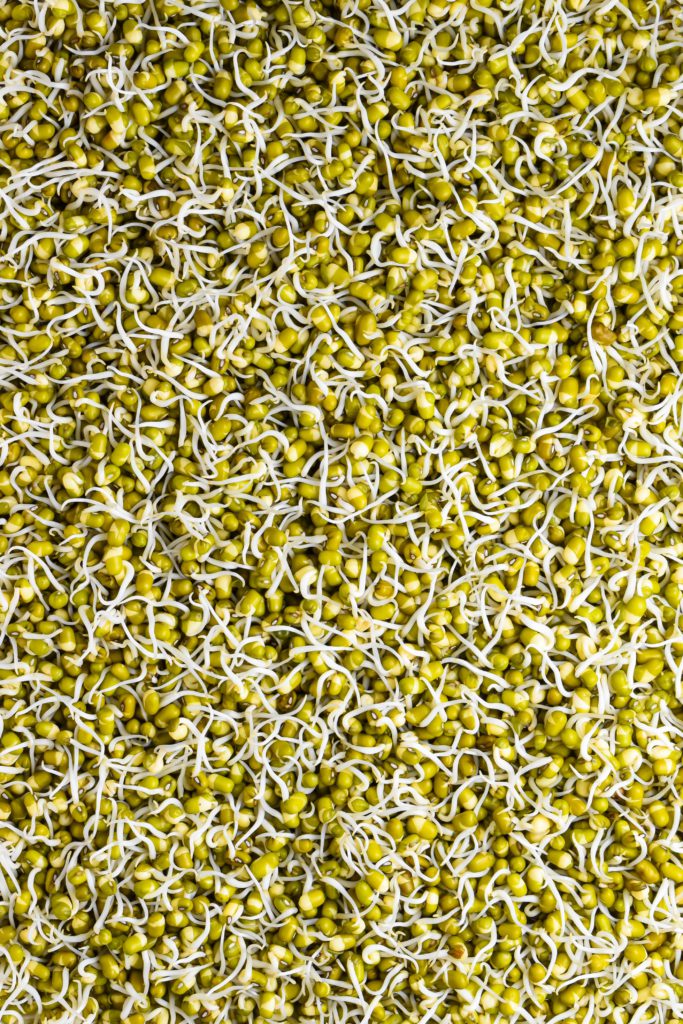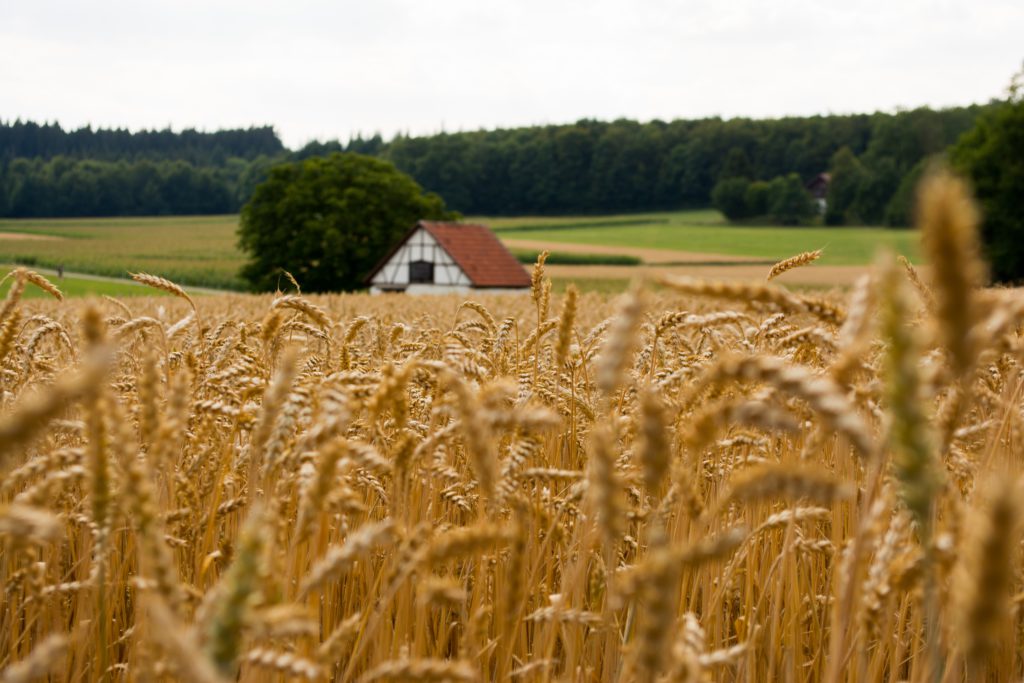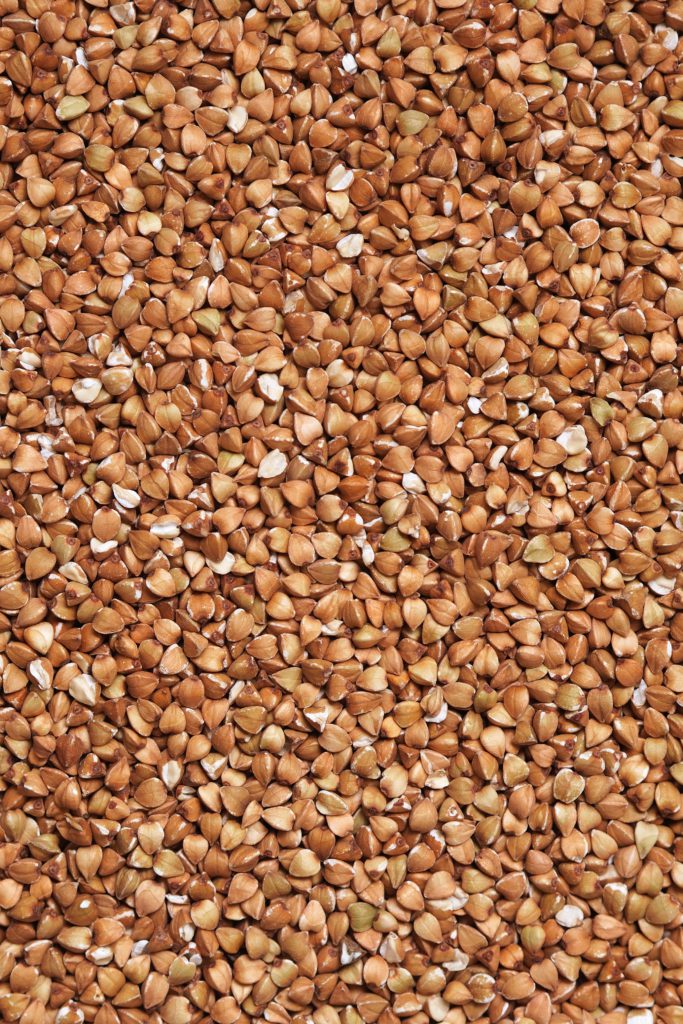There’s no question that carbohydrates are one of the most efficient ways to obtain usable energy for your muscles and brain when it comes to providing your body with the right fuel to keep you going throughout the day. With this said, it’s important not to overlook the impact that the type of carbs you consume on a day-to-day basis can affect your overall health and wellbeing. Sprouted whole grains and legumes are one source of slow-release energy that research suggests offers a significant array of additional benefits for the body. In this article, we will describe the nutritional benefits of sprouted grains and legumes.
These benefits include, but are certainly not limited to improved digestion, the cultivation and maintenance of our healthy gut flora, and the lowered risk of developing inflammatory-related diseases (1).
Even though widespread consumption of sprouted foods didn’t become popularized in the West until the late 1980s, the sprouting of seeds and special grains has existed as a traditional agricultural practice for centuries (2).
What makes sprouted grains and legumes so special compared to their un-sprouted counterparts has to do primarily with the chemical reactions that take place during the germination process, aka the sprouting.

During the sprouting process — between roughly day 2–3 of seed germination — proteins stored within the grains and legumes get hydrolyzed into peptides and different essential amino acids by proteolytic enzymes. When this occurs, paired with the natural breakdown of starches and phytic acid within the seed, the overall bioavailability of nutrients becomes drastically increased (3, 4).
In other words, key vitamins and minerals such as folate, iron, vitamin C, zinc, magnesium, and phosphorus not only exist in higher quantities when grains and legumes are first allowed to sprout but also become more easily digestible and able to be broken down by the body, too (5).
You might often find that some sprouted grains and legumes have a unique flavor and sensory profile, making them an appealing addition to many baked goods, soups, and salads. Sprouted grains are also frequently used to make gluten-free flours, which can be substituted at a 1:1 ratio for a health boost in most recipes.
Here are a few of our favorites to enjoy (and with good reason):
- Millet
- Amaranth
- Quinoa
- Buckwheat
- Lentils
Let’s start, Sprouted Grains And Legume Benefits
Millet

Sprouted millet is a superb grain to include in your meal planning for a multitude of different reasons. For starters, millet is an easy-to-grow, climate-resistant cereal grain that beats out both wheat and maize, and sorghum and rice in terms of nutritional value, presence of phytochemicals, minerals, antioxidants, and essential fatty acids (6).
One study found that the levels of Calcium (Ca), Iron (Fe), and Zinc (Zn) in whole-grain millet increased respectively from 76.9, 18.1, and 65.3% in the unsprouted grain to 90.2, 37.3, and 85.8% after germination was allowed to occur (7).
These bonus nutrients don’t just help to protect the body from disease and various deficiencies. Still, the high prebiotic content of sprouted millet also contributes directly to maintaining a healthy immune system (8).
Specifically, prebiotics such as xylobiose, fructooligosaccharides, and β-glucan are fermented by microbiota within the gut, short-chain fatty acids (SCFA) are produced as a result. When an individual regularly consumes a diet with a high conversion rate of whole-grain fiber to SCFA, research suggests that their risk of leaky gut, high cholesterol, coronary heart disease, and insulin resistance are all significantly decreased, making sprouted millet one of the best ways to consume your daily carbs (9).
Read the “8 Millet Sprouts Benefits.”
Amaranth

As a pseudo-cereal (and therefore, gluten-free) grain, rich in both macro and micro-nutrients, amaranth was once a “superfood” staple of the ancient Aztec diet, providing a wealth of modern benefits for those who choose to prioritize a healthy lifestyle.
Sprouted amaranth tops the list of grains for its high lysine content — with just one-half cup serving equivalent to around 721 milligrams, making it significantly greater across the board than most carbohydrates (10).
Lysine is an amino acid responsible for supporting muscle growth and aiding in producing a nutrient known as carnitine in the conversion of fatty acids into usable energy. Because of improved endurance, muscle gain, and even weight loss, lysine is often taken as a supplement by athletes and bodybuilders alike (11).
If you’re looking for a way to incorporate more of this nutrient into your fitness routine, perhaps look no further than sprouted amaranth.
Check out the “8 Amaranth Sprouts Benefits.”
Quinoa

Quinoa — typically pronounced either ‘“keen-wah,’ or ‘keen-oh-wah’ — is another pseudo-cereal grain that’s seen a rapid (and well-justified) rise in recent health food popularity.
When quinoa is sprouted, studies show that both red and yellow quinoa sprouts can counter oxidative stress within the body. Oxidative stress occurs when free-radicals are released during cellular metabolism, which increases the risk of mutations and ‘breaks’ in our DNA strands and can sometimes lead to disease development (12).
While avoiding free-radical damage is not something that we can control, foods with detoxifying effects and beneficial antioxidant properties are something that we can control.
Quinoa — especially when allowed to sprout for anywhere between 2–9 days — is scientifically reported to be one food that doubles-up on its role in supporting and sustaining ongoing health in this way.
Have you read “Quinoa Versus Rice: Which is Better?”
Buckwheat

It might surprise you to know that buckwheat is not a whole-grain at all, but a type of high-fiber fruit seed more closely related to rhubarb than to any wheat.
The wide array of buckwheat’s health benefits account for its place on this list, with research indicating promising effects as a functional food to improve cholesterol, inflammation-related diseases, hypertensive disorder, and neurological protection, among others (13).
Just like millet, amaranth, and quinoa, when buckwheat seeds are germinated and allowed to sprout, their antioxidant levels become enhanced, thereby increasing the food’s nutritional capabilities exponentially.
Sprouted buckwheat has been touted scientifically for its therapeutic effects, explicitly about research that pin-points the effects of two types of flavonoids: C‐glycosylflavones and rutin. These two compounds are responsible for regulating cellular activity within the body and happen to be present in very high quantities in buckwheat, giving rise to its remedial reputation as healthy food (14).
Read the “8 Buckwheat Sprouts Benefits.”
Lentils

As one of the most versatile types of beans, lentils are an amazing source of protein, folate, and carbohydrates offering the second-highest antioxidant content of any other legume after black beans.
When sprouted, lentils almost double in their antioxidant content, and — if you’re looking to get that nutritional bang for your buck — it might be worth noting that sprouted red lentils, in particular, beat out all other legumes as far as the overall impact on health (15).
Research shows that legumes, in general, provide one of the “single most important predictors of survival” in older populations, globally, with an 8% reduction in risk of death, on average, for every 20 grams (approximately two tablespoons worth) of beans consumed daily (16).
Interestingly, a strong link between the consumption of sprouted lentils and the treatment and prevention of type-2 diabetes has been observed in research studies that observe both healthy and diabetic human beings. In both cases, sprouted lentils were found to improve blood glucose levels and modulate the metabolism of lipids and lipoproteins within the body, making them a wonderful food to include on your plate (17).
Check out “The World’s Healthiest Seeds.”
In conclusion, are there nutritional benefits to eating sprouted grains and legumes?
In short: absolutely, yes.
Sprouted grains offer an excellent boost of added vitamins and minerals that contribute positively to a well-rounded, healthy, and energetic lifestyle.
Whether you prefer your lentils red, yellow, or green, or if you find that millet is maybe more your style — sprouted grains and legumes are a powerhouse of nutrients not to be neglected.
You might be also interested in the “9 Healthiest Seeds.”
